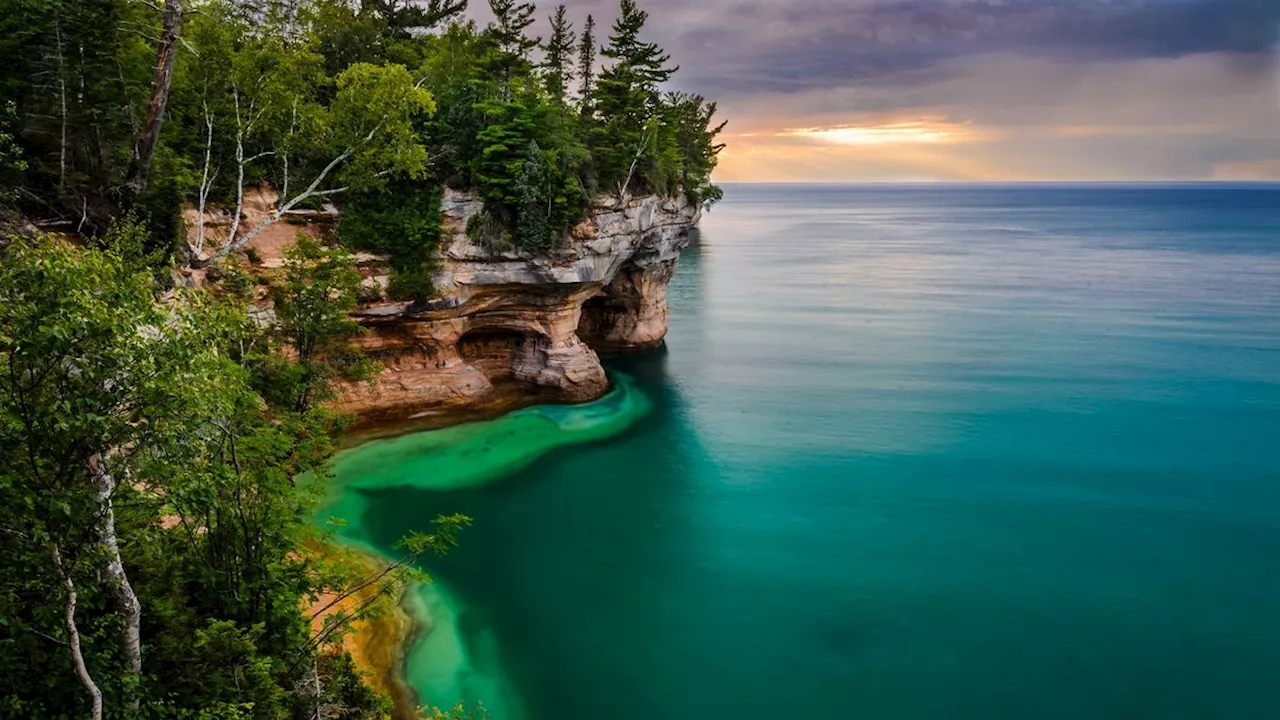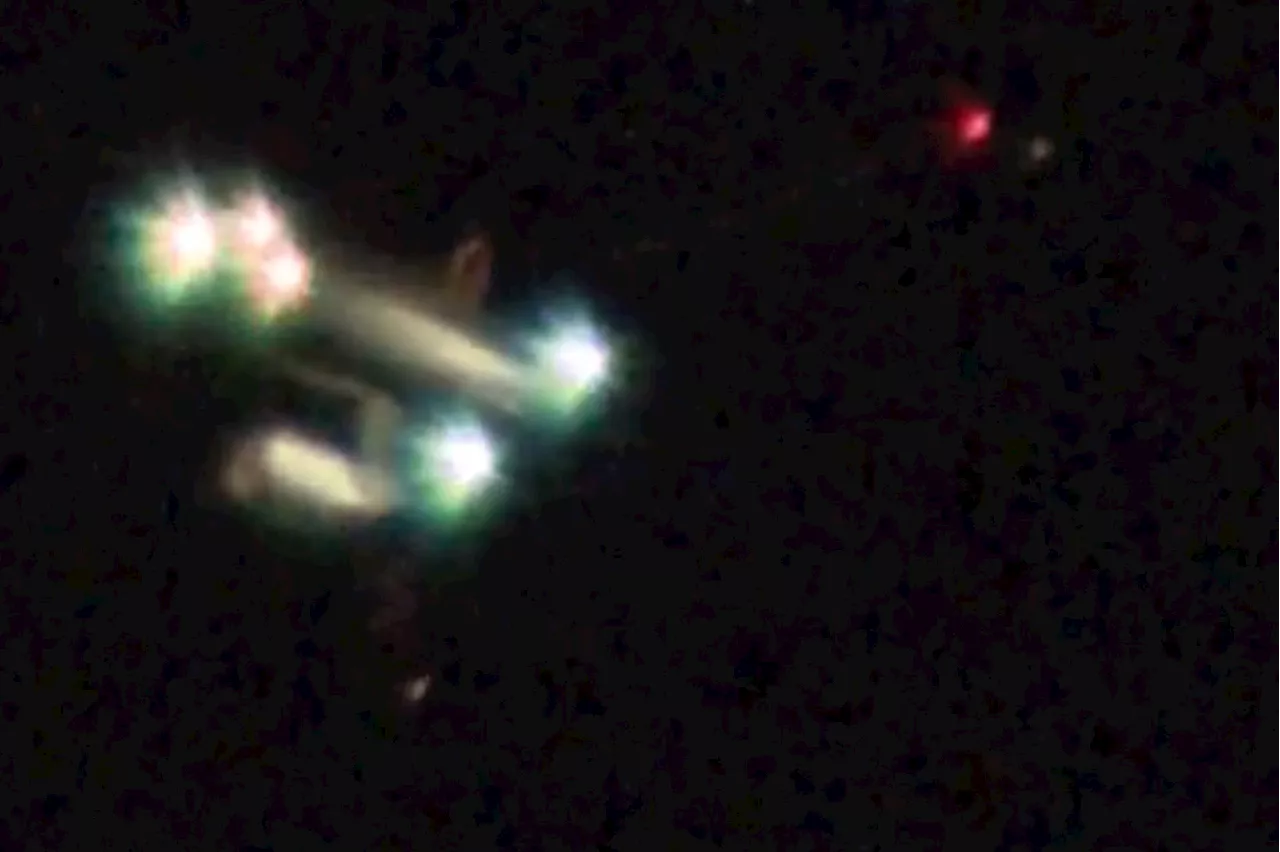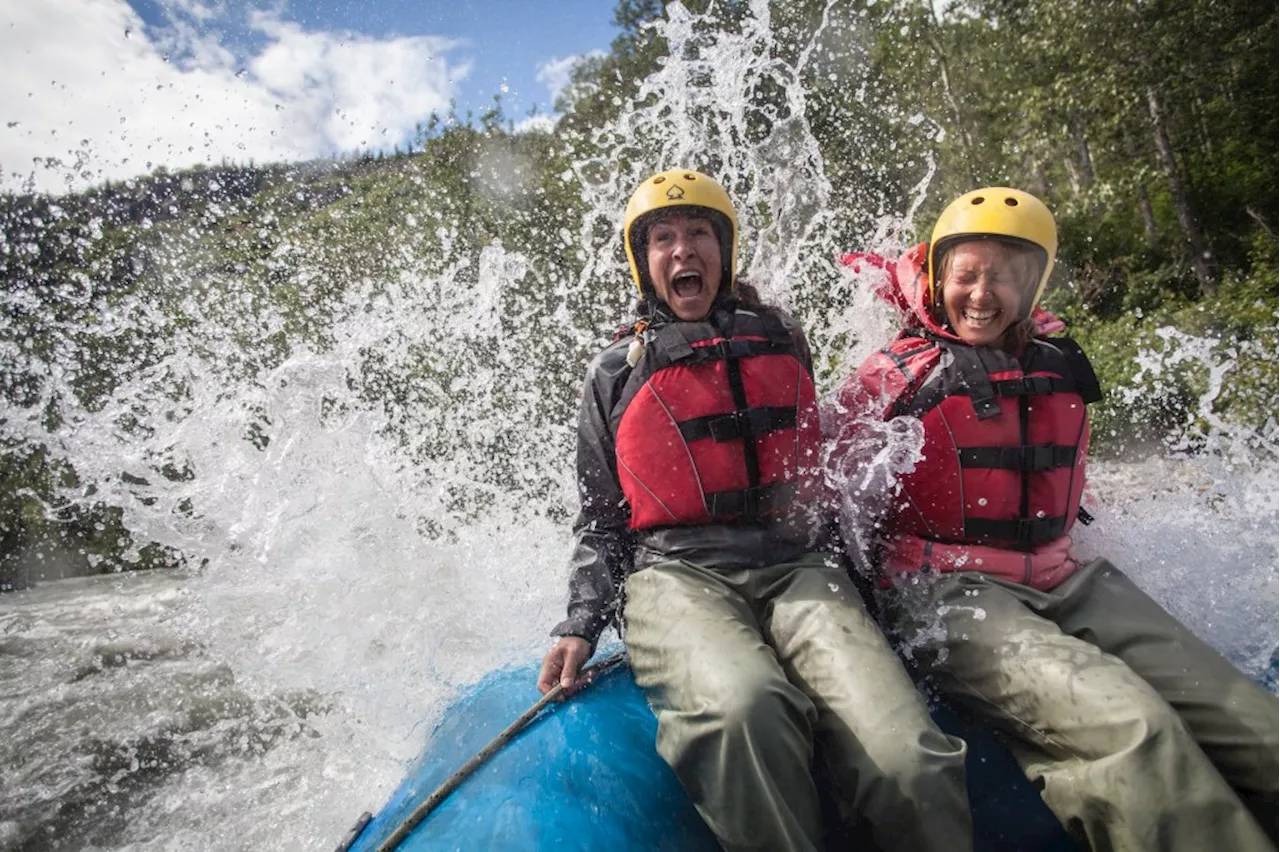Journey down the remote Tatshenshini River, a wild wonder mirroring the Grand Canyon in its breathtaking beauty. Witness the majestic sight of glaciers, remnants of the last ice age, before they vanish forever.
Even in a state as saturated with dramatic peaks and geological marvels as Colorado, it’s thrilling to get up close and personal with something as grand — and as emblematic of our ballooning climate change crisis — as a glacier. Given the near certainty of continued climate chaos in coming years, seeing these remnants of the last ice age is becoming a catch-them-while-you-can prospect.
To wit, according to the World Glacier Monitoring Service, the Earth’s rate of glacial loss has increased by more than 400% since the 1980s; 2023 was the 36th consecutive year that the world’s glaciers (those being tracked) have shrunk. So, if you’ve worn out the trail to the Front Range’s iconic St. Mary’s Glacier (now recategorized as a “semi-permanent snowfield”), consider a different kind of journey — one that requires a passport and a healthy sense of adventure — to get your glacier fill: a rafting expedition down the remote glacier-fed Tatshenshini River that flows from the rapid-filled canyons of the Yukon in northwestern Canada through the braided channels of British Columbia and, after it joins the rugged Alsek River, toward the dramatic peaks of Alaska’s Fairweather Range. Some say this 160-mile trip down one of North America’s last truly wild river systems rivals the Grand Canyon in terms of scenic wonder.Guided by Canadian River Expeditions (CRE) out of Whitehorse in the Yukon, it spans 11 days of paddling, floating, camping, exploring and hiking through the wilds of one of the world’s most expansive internationally protected areas, which is also home to the Earth’s largest non-polar ice cap and a vast population of grizzlies, moose, caribou, wolves and bald eagles. Three rafts, each carrying up to four passengers and one experienced guide, caravan through the riverscapes of Tatshenshini-Alsek Provincial Park and Glacier Bay National Park and Preserve to where the river empties into the Gulf of Alaska. The inflatable rafts are meticulously rigged with camping gear, personal packs, provisions for three hearty, from-scratch meals a day, a full kitchen and outdoor toilet setup, and safety equipment to sustain 14 or so individuals over the duration. There is no resupplying in what CRE calls the “land with no roads.” The end game: Glaciers. Many of them. But it’s not until a week into the trip that you’ll be treated to the majestic sight. At a camp called Melt Creek near the confluence of the Tatshenshini and Alsek rivers, up to 27 glaciers might peak through the mist at any given time. All of which is to say, the trip is a bit of a work-for-your-reward experience. And, it is work, at times: Unloading and reloading the aforementioned haul every one or two days for 10 nights of riverfront camping carries some physical implications. And, although you need not be experienced, rafters are encouraged to paddle (sometimes in challenging weather) while the highly skilled guides helm the oars. The trip launches at the inland narrows of “the Tat” after a half-day drive up the Alaska Highway from Whitehorse, including a stop to visit First Nations elders — an intimate reminder to respect and appreciate the traditional homelands of the Champagne and Aishihik First Nations. Over the next few days, gentle ripples become Class III rapids that tumble through gorges (dry suits and helmets provided), and ever-widening channels carry the raft train to gravelly beaches and wildflower-strewn meadows that become tent sites tucked in the shadow of breezy ridgelines. Ice-cold (literally) glacial creeks near camp beg for a refreshing dip to ease the insistence of a sun that doesn’t set until 10:30 p.m. Bald eagles soar overhead while fleeting glimpses of grizzlies onshore (and plenty of fresh tracks near camp) keep the crew alert. In calm-water stretches and over dinners of freshly grilled arctic char or sizzling steaks (meals so good they warrant a recipe book), the guides share their impressive wealth of trivia about this backcountry. For example, how conservation groups shut down a lucrative copper mining proposal in the 1980s to save the river system and surrounding untouched wilderness from the devastating effects of roads, trucking, pipelines and acid mine drainage, paving the way for international park and UNESCO World Heritage Site designations. Such legislative protections are critical, but they can’t halt climate change. That much is clear at Walker Glacier, named such because rafters could once pull right up to the glacier’s terminus at river’s edge and hop off the boat to walk the ic
Glaciers Climate Change Rafting Tatshenshini River Wilderness Preservation Conservation
United States Latest News, United States Headlines
Similar News:You can also read news stories similar to this one that we have collected from other news sources.
 Hoda Kotb's Last Day At TODAY Live Updates: Hoda And Jenna's Last ShowIn honor of Hoda Kotb’s last day on TODAY, Jamie Lee Curtis and Oprah Winfrey are sharing kind words as she embarks on this next chapter of her life.
Hoda Kotb's Last Day At TODAY Live Updates: Hoda And Jenna's Last ShowIn honor of Hoda Kotb’s last day on TODAY, Jamie Lee Curtis and Oprah Winfrey are sharing kind words as she embarks on this next chapter of her life.
Read more »
 Melting Glaciers May Trigger Earthquakes, Study SuggestsA new study published in suggests that the melting of glaciers thousands of years ago may have triggered fault activity in the Sangre de Cristo Mountains of Colorado. Researchers warn that as temperatures continue to rise, other glaciated and quake-prone regions could face similar risks.
Melting Glaciers May Trigger Earthquakes, Study SuggestsA new study published in suggests that the melting of glaciers thousands of years ago may have triggered fault activity in the Sangre de Cristo Mountains of Colorado. Researchers warn that as temperatures continue to rise, other glaciated and quake-prone regions could face similar risks.
Read more »
 Pioneering research exposes huge loss of glaciers in one of the fastest-warming places on EarthA new study has revealed the alarming extent glaciers have shrunk over the past 40 years in a global warming hotspot -- and the biggest retreat has occurred in recent years.
Pioneering research exposes huge loss of glaciers in one of the fastest-warming places on EarthA new study has revealed the alarming extent glaciers have shrunk over the past 40 years in a global warming hotspot -- and the biggest retreat has occurred in recent years.
Read more »
 Ancient Hotspot Shaped the Great Lakes 20,000 Years AgoNew research reveals that the Great Lakes' formation 20,000 years ago was influenced by a hotspot under the supercontinent Pangaea 300 million years ago. The Cape Verde hotspot, still active today, heated and stretched the Earth's crust, creating a low spot that glaciers later carved out during the ice age. After the glaciers retreated, their meltwater filled the lakes, now containing 21% of the world's freshwater.
Ancient Hotspot Shaped the Great Lakes 20,000 Years AgoNew research reveals that the Great Lakes' formation 20,000 years ago was influenced by a hotspot under the supercontinent Pangaea 300 million years ago. The Cape Verde hotspot, still active today, heated and stretched the Earth's crust, creating a low spot that glaciers later carved out during the ice age. After the glaciers retreated, their meltwater filled the lakes, now containing 21% of the world's freshwater.
Read more »
 Arizona Cardinals Make Last-Minute Change to Injury ReportThe Arizona Cardinals have added their starting center to the injury report vs. Carolina.
Arizona Cardinals Make Last-Minute Change to Injury ReportThe Arizona Cardinals have added their starting center to the injury report vs. Carolina.
Read more »
 Last straw: New Jersey drone drama shows we're fed up with government gaslightingThe public’s initial curiosity about the night-flying drones spotted over New Jersey and beyond soon turned to fear and finally to anger at the Biden administration’s silence, lame excu…
Last straw: New Jersey drone drama shows we're fed up with government gaslightingThe public’s initial curiosity about the night-flying drones spotted over New Jersey and beyond soon turned to fear and finally to anger at the Biden administration’s silence, lame excu…
Read more »
